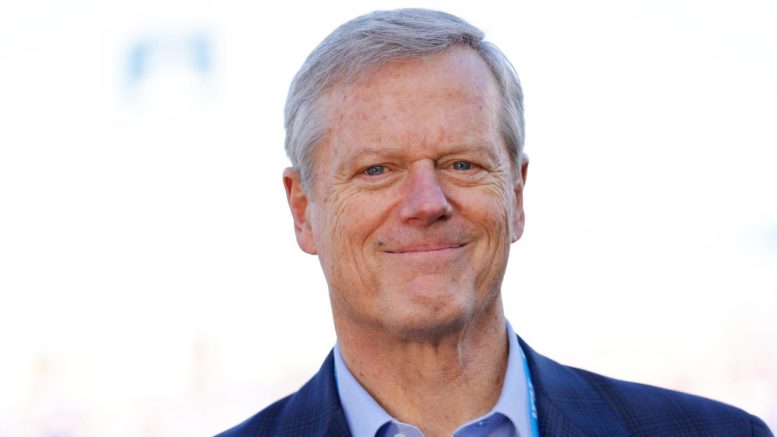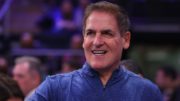There’s a difference between how things are supposed to work, and how they actually work. And very rarely do the ones in charge publicly address the things that are silently understood, but never spoken about. It’s why what Charlie Baker said this week was so out of the norm.
“I’ve had conversations with a bunch of coaches who didn’t … walk out on their contracts,” the NCAA President said recently. “One of the things I hear from kids when I talk to them about this issue is, ‘Coaches walk out on their contracts. What about us?”
In an interview with ESPN, Baker said that he wasn’t a fan of laws that would limit the way college athletes transfer, and “harbored no sympathy” for coaches who are working in a new landscape that includes NIL and the effects it has on transfers.
Score one for the players, finally.
“Do they transfer more than they did 10 years ago? Yes. Do they transfer more than their peers who aren’t student-athletes? No,” he explained. “… They actually transfer less than students who aren’t student-athletes do, and kids just transfer more because they have more information, more data, and they’re more impatient about a lot of things.”
Baker’s stance is similar to the one that former NCAA President Mark Emmert had. And as odd as that may sound, given how bad Emmert was at his job, it can’t be forgotten that the transfer portal and some of its current rules were established during Emmert’s tenure.
“Students ought to have that ability to transfer once at least during their career, and I understand the complexity that creates for coaches, and I understand it does create uncertainty in roster management, but I think it is overdue that we provide that flexibility to students,” Emmert said back in 2021.
According to a NCAA dashboard, over 16,000 college athletes entered the transfer portal between 2020 and 2021. In 2020, the numbers included 5,072 undergrads and 1,631 graduate students. By 2021, the number of undergrads jumped to 6,475, while grad students rose to 3,092. The data listed that 76 percent of transfers came from Division I programs, 22 percent from Division II, and only 2 percent from Division III, at the time.
A 2022 report from Axios listed the sports with the highest percentage of athletes who entered the portal between 2020 and 2021. On the men’s side: Basketball: 31% (1,692 athletes), Baseball: 18% (2,126), FBS football: 16% (2,538), Soccer: 13% (755), Tennis: 13% (325), FCS football: 12% (1,546), Ice hockey: 12% (205), Lacrosse: 9% (321), and Track & Field: 8% (905).
For the women: Basketball: 22% (1,134), Beach volleyball: 15% (167), Tennis: 12% (340), Volleyball: 12% (650), Softball: 11% (764), Soccer: 11% (909), Ice hockey: 8% (63), Lacrosse: 8% (317), Golf: 7% (162), Track & Field: 6% (864).
Those numbers have only gone up over the years, as we just watched what happened with Alabama and Washington in football after Nick Saban retired and former Huskies head coach Kalen DeBoer left Seattle to take over in Tuscaloosa. And just a few years ago, former Kansas State basketball star Nigel Pack signed a two-year NIL deal worth $800,000 when he left Manhattan for Miami.
When the players leave for better opportunities and more money, it’s been a problem for many. However, historically, when coaches take a better job with a bigger salary to “chase their dreams” or “take care of their families,” it’s never an issue for that same crowd. There’s always been an unbalance when it comes to players and coaches coming and going. But for now, the players at least have an advocate in Charlie Baker. Coaches can’t ask for a player’s loyalty and commitment to a program when their agent is making calls on their behalf. This is the way the game is played now. Adapt or retire.
Original source here
#NCAA #President #Charlie #Baker #quiet #part #loud #transferring





![College athletics is a perfect breeding ground for gambling scandals [Update]](https://dcnewshub.com/wp-content/uploads/2023/11/3cb9df7f9558ba1253c34f502be74833-180x101.jpg)